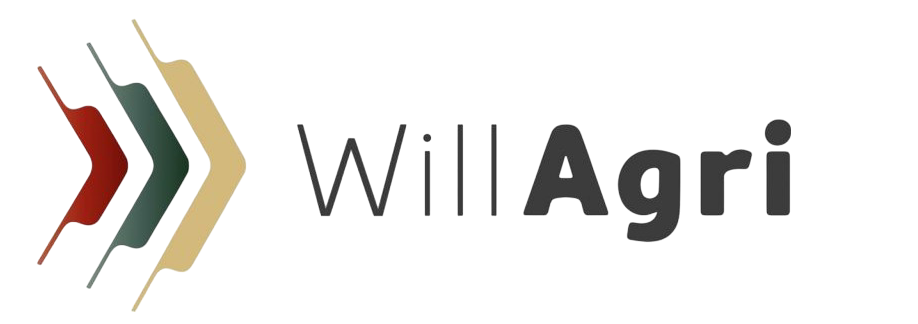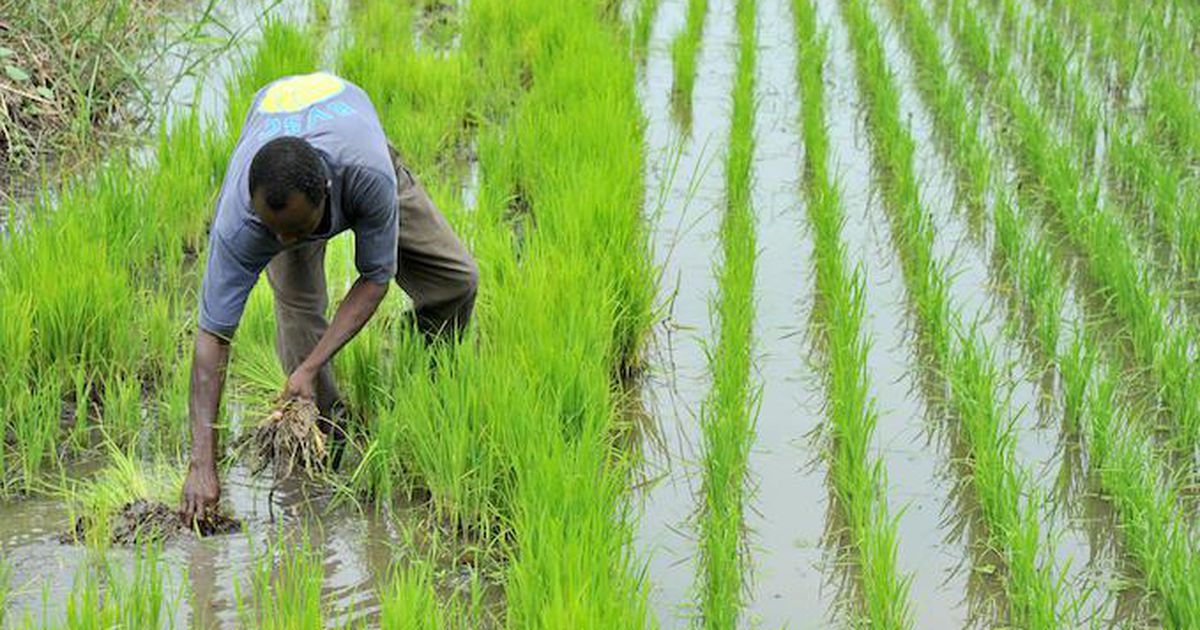With 90% rain-fed agriculture, the Sahel countries are particularly exposed to the damage of drought. To improve their food sovereignty, these countries are accelerating their investments in irrigation. Six countries – Burkina Faso, Chad, Mali, Mauritania, Niger and Senegal – set a target of one million hectares of irrigated land before 1935 at the Dakar+10 Forum held from 6 to 9 April in Dakar. The result was the Dakar Declaration in the form of a roadmap that defines seven priority areas of investment, including support for national irrigation programs with a regional dimension, improving the performance of public and community services, promoting farmer-led irrigation and reducing the investment gap. It also provides for the promotion of an integrated territorial approach combining water, soil and market access management and the diversification of water sources to increase climate resilience as well as the strengthening of systems capacities to deal with conflicts and environmental hazards. However, this is not the first time that the objective of irrigating one million hectares of agricultural land has been mentioned in the region. In 2013, a first Dakar Declaration on the revival of irrigation in the Sahel already aimed at this objective. But since then, irrigated areas in the region have increased by only 285,000 hectares, currently reaching 685,000 hectares, or 47% of the initial target. Projections by the Intergovernmental Panel on Climate Change (IPCC) predict that temperatures in the Sahel will rise by at least 2°C between 2021 and 2040, a rate 1.5 times higher than the global average. The challenge is immense for countries in the region, such as Senegal, where only 7% of cultivated land is irrigated, according to data from the Global Agricultural Research Partnership (CGIAR). In Burkina Faso, FAO estimates that the country has the potential of more than 233 500 hectares of irrigable land that can be used for rice cultivation, but that less than 5 per cent of irrigable land is being developed.
Source: Ecofin Agency




